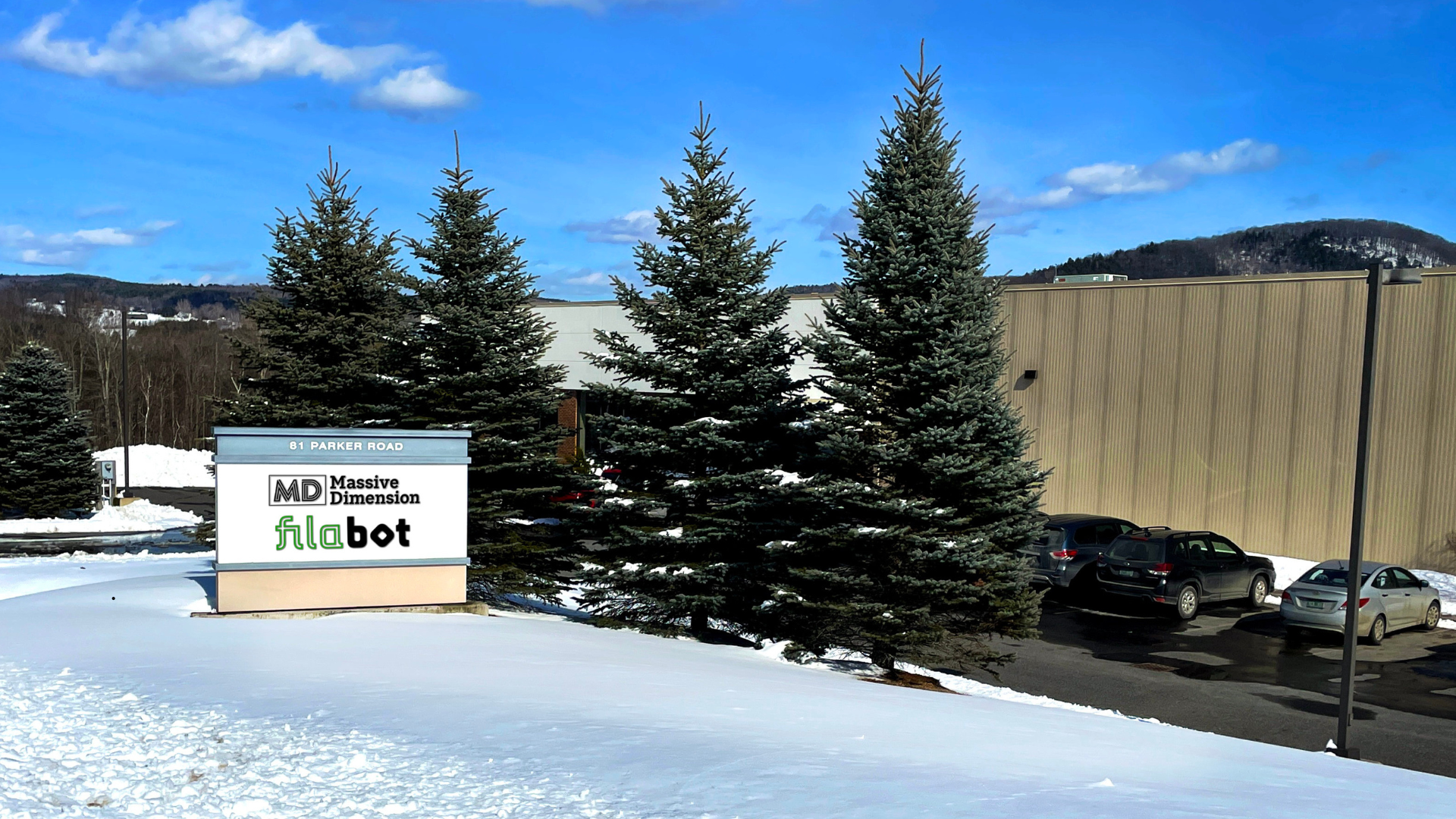LAYWOO-D3 and LAYBRICK
Filaments

As some of you may know we recently brought a new line of filaments on here at Filabot. If you’re up to date with our Filabot Blog you know that we are to be testing these specialty filaments in a series of releases. These new filaments are the revolutionary Poro-Lay Filaments and more specifically in this blog post, the LAYWOO-D3 and LAYBRICK filaments. Both of these offer some very nifty and cool printing properties that make them a great addition to any filament arsenal. Both of these filaments are said to have 0 warp when printing, which as anyone in the printing industry knows, is one of the main things that can ruin a print. Even better, both achieve this without a heated bed.
I chose to begin the printing with the LAYBRICK filament. LAYBRICK is a filament that is made up of sandstone and a binding polymer similar to that of PLA. Reading the printing instructions it says that the print temperatures are between 165-210⁰C. It also says you can vary the temperature from that 165⁰C to 210⁰C to get different surface textures. Printing at a lower temperature will give you a smoother appearance and feel, and vise versa for upping the temperature and getting a rougher texture. The fact that you can print without a heated bed is a huge plus because you can print with printers on the market that don’t offer a heated bed, and still get quality prints. Because of the 0 warping you don’t need cooling fans either, keeping it simple. To test this filament I chose a cool cup/bowl design off of Thingiverse.com to print, something that had some curvature and could show the lack of warping. We chose to do this print at 190⁰C. As you can see below, the print had no trouble with warping, and the texture of it is rough but smooth at the same time. It was actually quite flexible after the print which caught me by surprise seeing as it’s a stone mix. Something worth mentioning that we noticed when printing with the LAYBRICK was the fact that a couple times during printing our printer jammed and it was because the filament got kinked and shoved below the drive wheel for the filament. We came to the conclusion that it was because the filament is slightly soft in filament form and leads to it getting bent over itself. We ended up printing on our in house PrintrBot instead of the Orion because the fact that the Orion sends the filament up through a PTFE tube seemed to add to this problem. But overall I was impressed with the print quality and it is a very unique plastic after being printed.
The second offering is the LAYWOO-D3 filament. Like the LAYBRICK, LAYWOO-D3 has near 0 warping and also does not need a heated bed, nor the use of a cooling fan. It is made up of 40% recycled wood fibers with a binding polymer similar to PLA, because of this it carries a lot of properties unique to wood. You can print between 175-250⁰C, and by varying the temperature (they recommend keeping it in the 185-230⁰C range) you can achieve a “tree ring” effect that is really unique, and people have loved about the filament. On top of that your part looks, feels, and even smells like wood. I printed the same cup/bowl design as I did with the LAY-BRICK so you can see the print quality between the two. When we got printing you could instantly get that wood smell, not overpowering like campfire, but just a subtle hint, it’s actually kind of nice. After getting the printers layer heights, and extrusion multiplier correct the print went great. It printed without flaw as you can see from the photo below, very very little to no warping in the print just like it said. You can see the unique tree ring effect here very nicely as well. We changed the temperature slightly up and down through the print and you can clearly see the difference it made!
Overall both of these filaments were quite easy to print with and offered some great features that make them a must have for anyone from the avid 3-D Printer, to the just starting out 3-D hacker. Jump on over to www.Filabot.com and pick yourself up some LAYWOO-D3, or LAYBRICK today!




